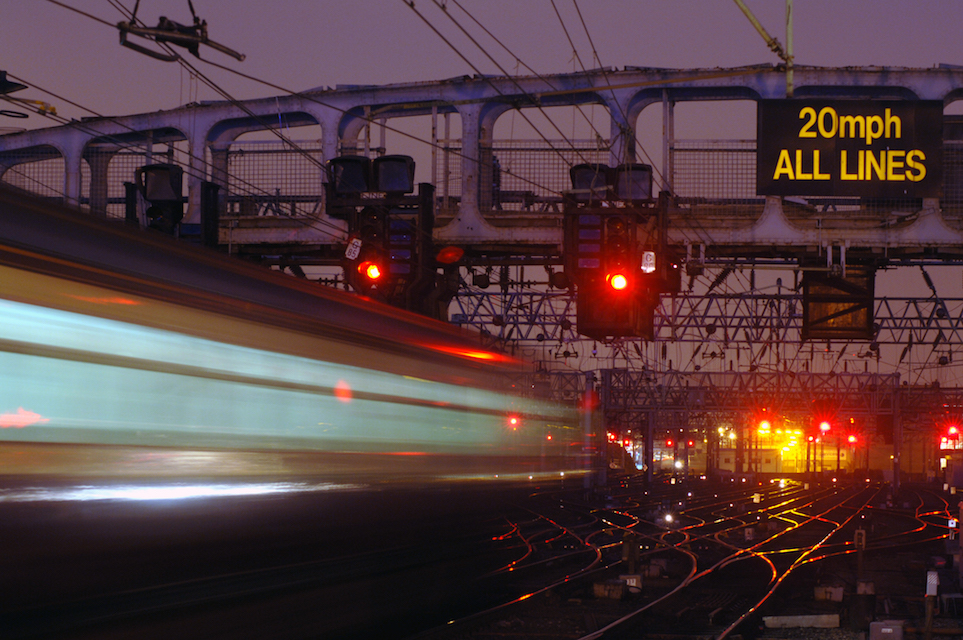UK freight is full speed ahead for delay busting project

A collaboration between a railway agency, an academic institution and a specialist consultancy aims to perfect techniques to help predict and mitigate rail freight network delays. If successful, the entire UK network will benefit, squeezing extra capacity out of the system, and improving reliability. The whole enterprise is exploring how using machine learning techniques could improve performance and short term planning for the rail freight industry.
A demonstrator project is underway for the Rail Safety and Standards Board, the independent board to which most UK freight and passenger operators are legally required to subscribe. The project is exploring how using machine learning techniques could improve performance and short term planning for the rail freight industry. The RSSB, which was set up after a serious accident near Paddington station in London in 1999, acts as a watchdog for the industry, and recommends and enforces safety and standards improvements.
Network Rail collaborating
The project, under the acronym REPAIR – Rapid Evaluation and Planning Analysis Infrastructure for Railways – is set to examine how data analytics and machine learning techniques can offer new ways of predicting, and mitigating, the propagation of delays on the freight network.
RSSB, in collaboration with infrastructure agency Network Rail, has put up a fund of four million British pounds (4.4 million euros) for ten projects, looking at different aspects of technological application to the running of the railways. The REPAIR project is a joint effort between systems, engineering and technology company, Frazer-Nash Consultancy, and the University of Hull Logistics Institute.
Response to unpredictable disruptions
Freight operators are taking note, because of the commercial opportunities offered by successful implementation. “Historically, route setting and freight planning have been carried out by a combination of expert knowledge and laborious paper systems”, said Ashley Stower, Frazer-Nash’s rail freight business manager. “New technologies, and improved access to data, are now offering us the opportunity to create innovative data-driven solutions that address key operational performance challenges, such as predicting, and mitigating delays on the freight network.”

With delay and late availability two of the most costly aspects of rail freight, the advantages of REPAIR appeal to the accountants at every operator. By manipulating data and machine learning, REPAIR should inform freight operators’ very short term planning (VSTP) responses to incidents, such as unpredictable disruptions like bridge strikes and breakdowns.
Applying combined expertise
The University of Hull is providing its software NR+ suite – a visual rail capability mapping system that enables users to search and interrogate infrastructure constraints on the rail network. That should allow operators and Network Rail to better predict the effects of the VSTP decisions they make. “The new tool will provide an additional level of decision support for signallers and control staff as they evaluate the optimum response to a VSTP request”, says Stower. That should allow much more scope for experimental decisions, rather like a preview before publishing.
Amar Ramudhin, the director of the Logistics Institute, said speed will be the key factor, and their collaboration with rail specialists at Frazer-Nash would also help them enhance their NR+ platform. “Our combined expertise will deliver major efficiency gains to the rail planning industry, not only in the time needed to find the best routes, but also in faster decision making. This is essential for VSTP.”
An advisory board, drawn from the rail freight operating sector, has been set up to help steer the project. The demonstrator is due to be completed by the end of the year and RSSB expects to publish the findings early in 2021.
You just read one of our premium articles free of charge
Want full access? Take advantage of our exclusive offer




